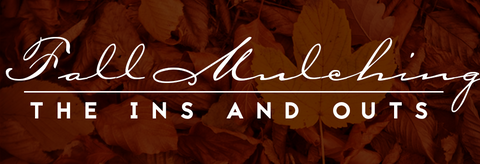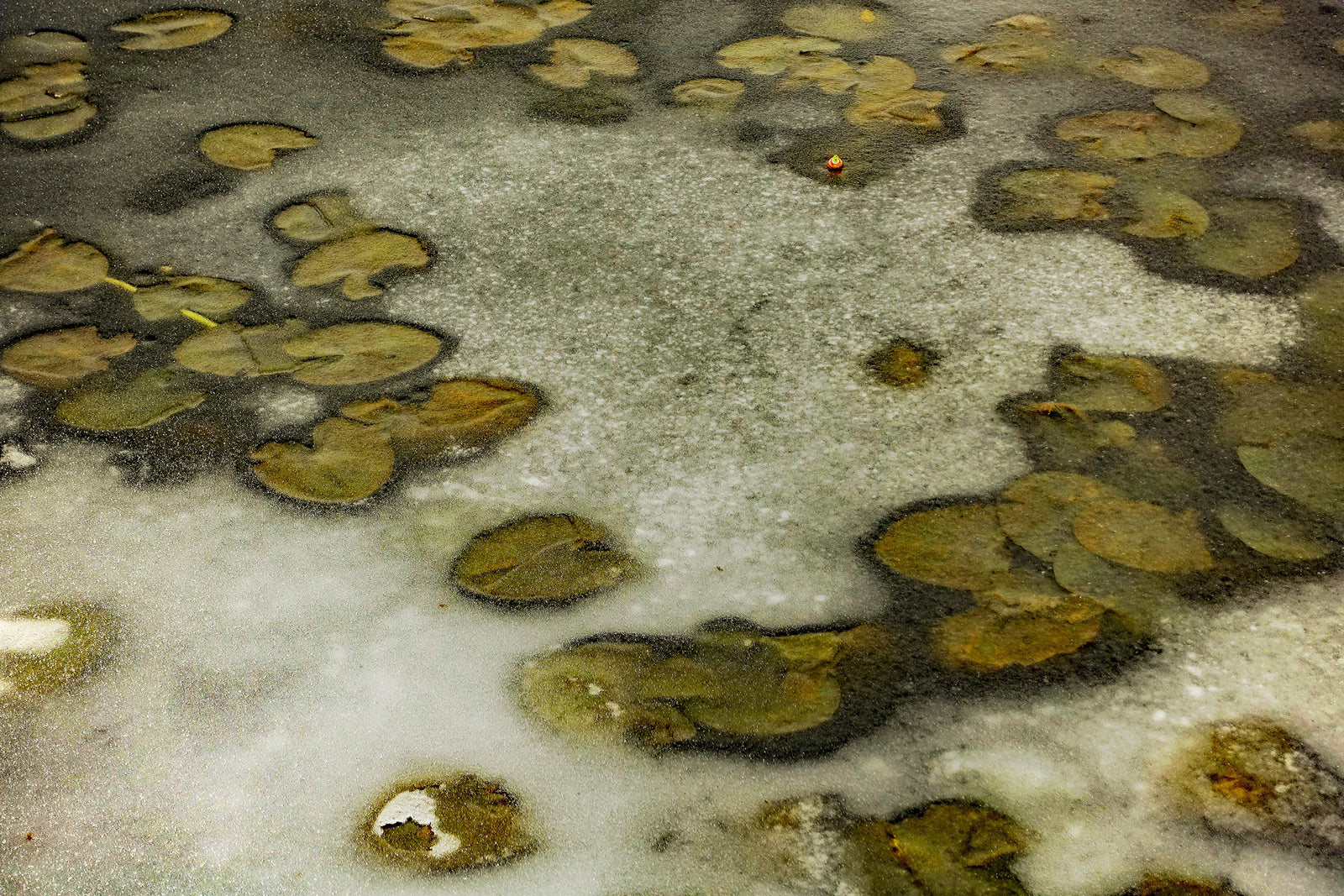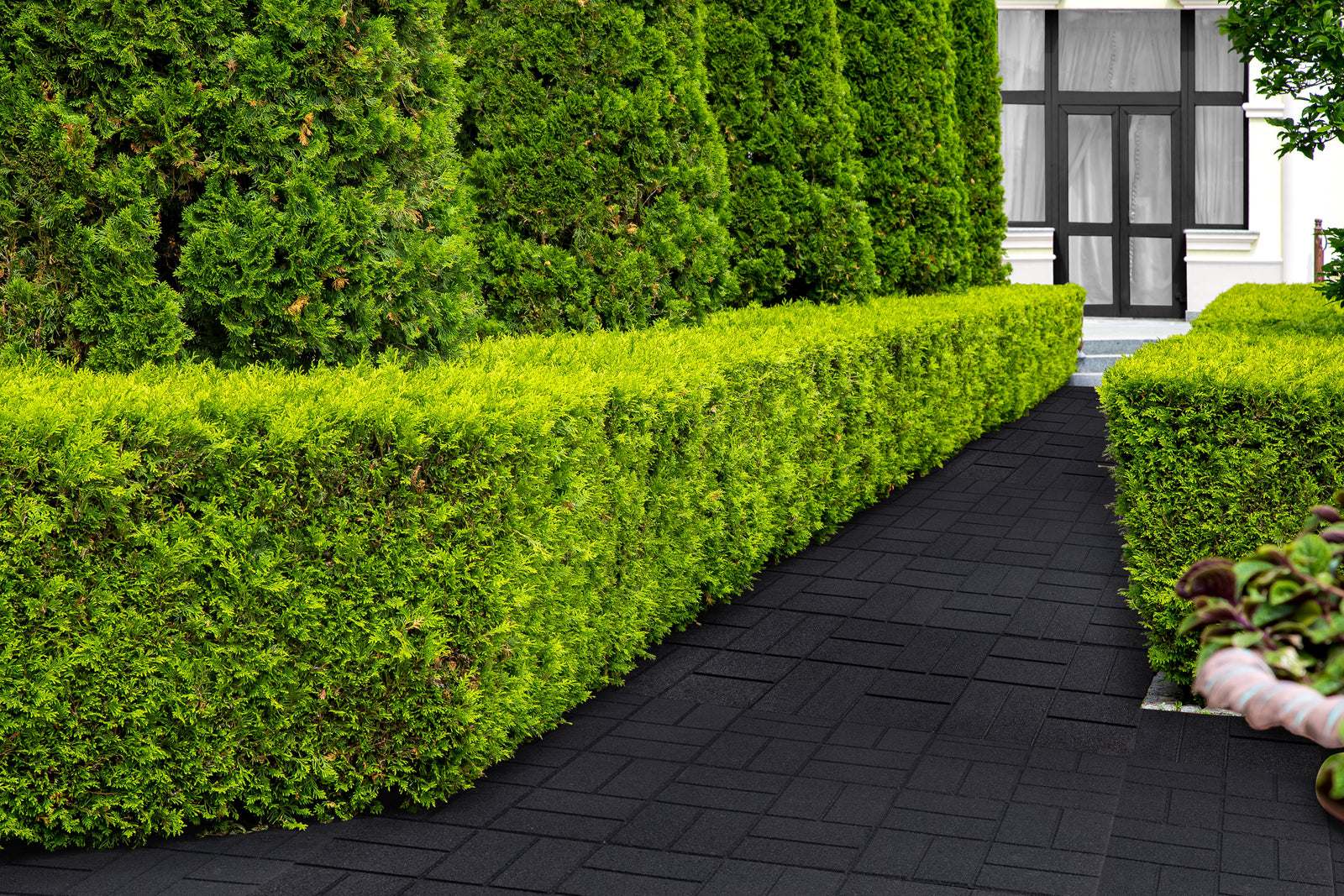August 23, 2023
The Importance and Benefits of Fall Mulching: A Comprehensive Guide

Q: Why is fall mulching essential for gardeners, and should it be done? A: Fall mulching is crucial for gardeners as it prepares the garden for the winter months. It should definitely be done. It helps retain moisture in the soil during the dormant period of plants in colder months, preventing rapid evaporation. Additionally, it acts as a natural insulator, regulating soil temperatures and protecting plant roots from sudden temperature fluctuations, which can be detrimental. Fall mulching also plays a role in weed suppression, preventing weed growth during winter by creating a barrier that restricts access to sunlight and nutrients.
Q: What are the key steps to achieve effective fall mulching? A: To ensure effective fall mulching, several key steps should be followed:
- Garden Cleanup: Before mulching, it's essential to clean up the garden by removing dead or dying plants and their debris. Composting is an eco-friendly way to dispose of plant waste, but it's crucial to compost only disease-free plant debris. Inspect plants for any signs of disease that could proliferate during colder months.
- Weeding: Weeding is a critical step before mulching. It's essential to uproot weeds entirely, leaving no spores or fragments behind that could potentially regrow.
- Identify Priority Plants: Some plants benefit more from fall mulching than others. Bulbs, typically planted in the fall, require consistent temperatures for healthy root development, ensuring healthy sprouting in the spring. Perennials and specific flowers like roses and rhododendrons, which tend to lose water to cold air, benefit significantly from mulching. However, it's important to mulch rosebushes only after the first hard frost to avoid hindering dormancy and affecting bloom quality.
- Timeliness: Mulching should be done during the waning warm days of October and the onset of November's chill. It's crucial to mulch before the first frost to allow beneficial microorganisms and earthworms to enhance soil quality throughout the winter.
Q: What are the long-term benefits of fall mulching for gardens? A: Fall mulching offers several long-term benefits for gardens. It protects plants by retaining moisture and regulating soil temperatures, ensuring healthier and more vibrant plants. Over time, this practice contributes to soil enrichment, making it more fertile and conducive to plant growth. The result is a beautiful and healthy garden when the snow melts and spring arrives.
For more in-depth information, consider exploring additional resources on fall gardening and mulching techniques.

Also in Rubber Mulch Blog

Embracing Eco-Friendliness by Choosing Rubber Mulch for Your Playground
June 17, 2025
“Reuse, Recycle, and Reduce” are three main aims when it comes to preserving the health of our planet. Rubber mulch definitely falls within their scope. Conserving resources, energy efficiency, and better health for kids are all rubber mulch benefits.

Effective Mold and Fungi Prevention: The Hidden Value of Rubber Mulch
October 31, 2024

Create Your Own Sensory Path with Rubber Pavers
October 28, 2024
shop
Copyright © 2025 RubberMulch.com - All Rights Reserved.






